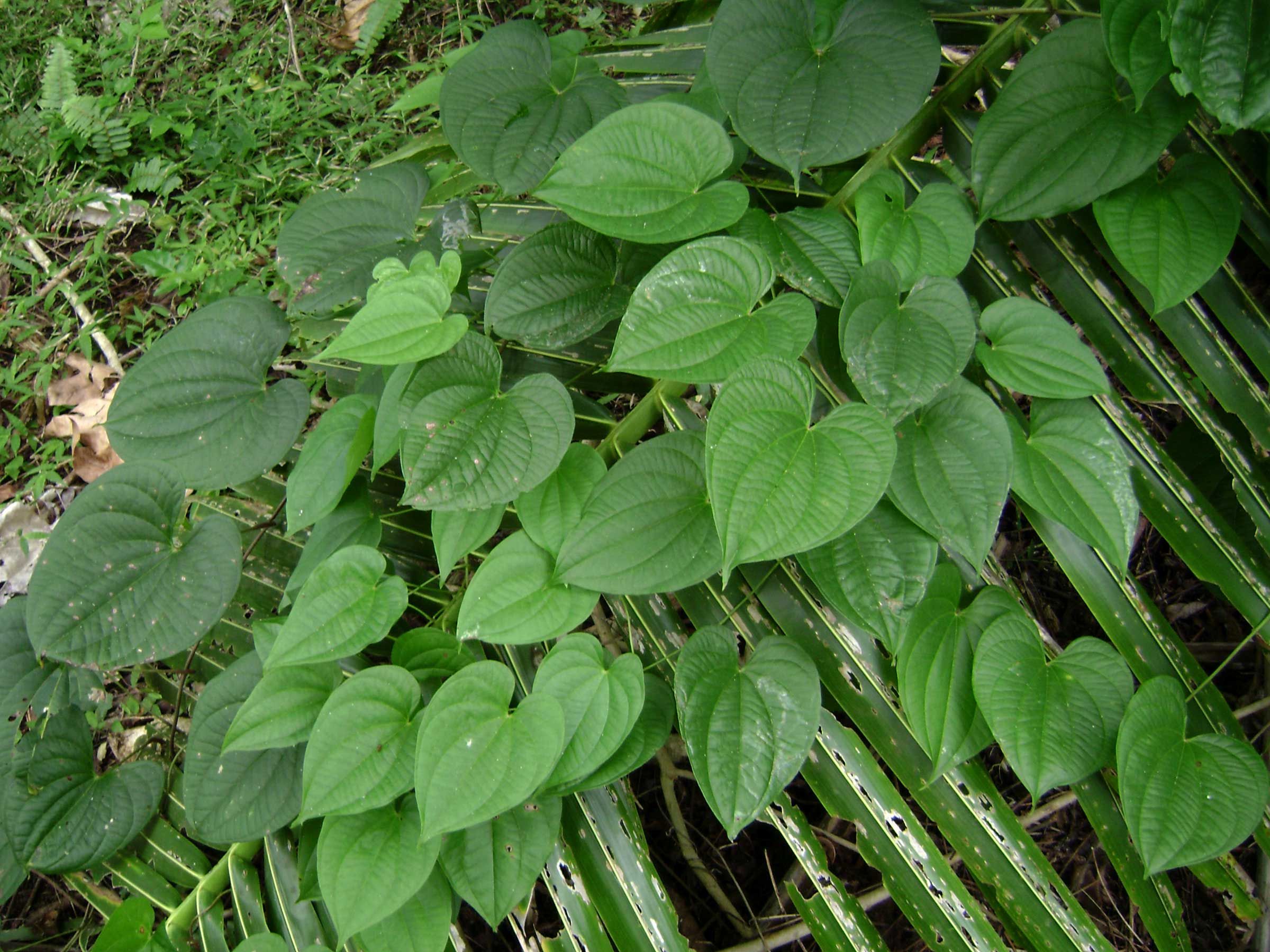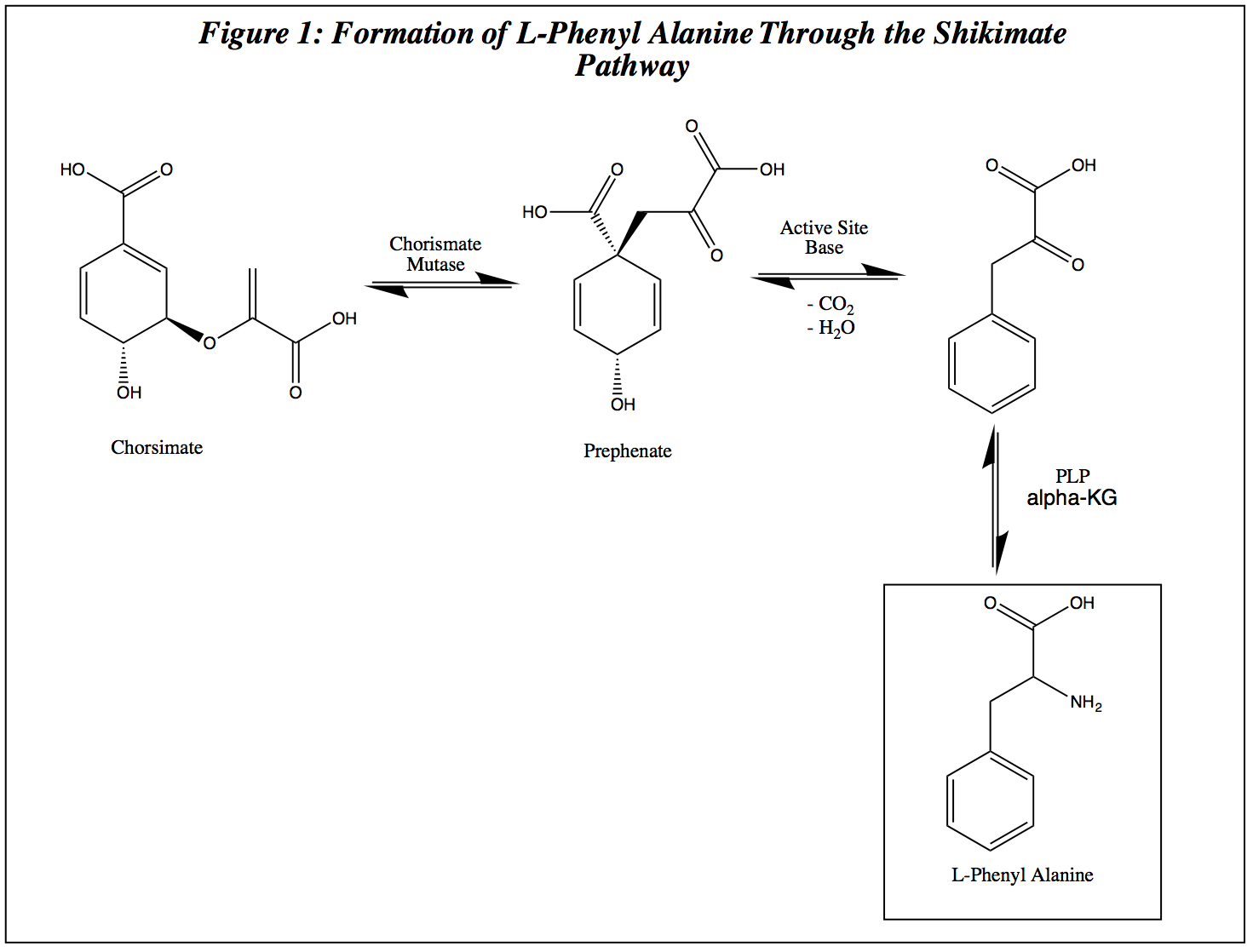|
3-hydroxyanthocyanidins
Anthocyanidins are common plant pigments, the sugar-free counterparts of anthocyanins. They are based on the flavylium cation, an oxonium ion, with various groups substituent, substituted for its hydrogen atoms. They generally change color from red through purple, blue, and bluish green as a function of pH. Anthocyanidins are an important subclass of the polymethine dyes and flavonoids. The flavylium cation is a chromenylium cation with a phenyl group substituted in position 2; and chromenylium (also called benzopyrylium) is a bicyclic version of pyrylium. The positive charge can move around the molecule. At least 31 monomeric anthocyanidins have been properly identified in living organisms, mostly as the core components of anthocyanins. The latter are responsible for the red, purple, blue, or black color of many fruits (like grapes and blueberry, blueberries), flowers (like roses), leaves (like purple cabbage), and even tubers (like radishes and purple yams). They are also ... [...More Info...] [...Related Items...] OR: [Wikipedia] [Google] [Baidu] |
Purple Yam
''Dioscorea alata'', also known as purple yam, ube (, ), or greater yam, among many other names, is a species of yam (a tuber). The tubers are usually a vivid violet-purple to bright lavender in color (hence the common name), but some range in color from cream to plain white. It is sometimes confused with taro and the Okinawa sweet potato (''Ipomoea batatas'' cv. Ayamurasaki), although ''D. alata'' is also grown in Okinawa, where it is known as . With its origins in the Asian tropics, ''D. alata'' has been known to humans since ancient times. Names Because it has become naturalized following its origins in Asia, specifically the Philippines, through tropical South America, and the southeastern U.S., ''D. alata'' is referred to by many different names in these regions. In English alone, aside from purple yam, other common names include ten-months yam, water yam, white yam, winged yam, violet yam, Guyana arrowroot, or simply yam. History of cultivation ''Dioscorea alata'' ... [...More Info...] [...Related Items...] OR: [Wikipedia] [Google] [Baidu] |
Pelargonidin
Pelargonidin is an anthocyanidin, a type of plant pigment producing a characteristic orange color used in food and industrial dyes. Natural occurrences Presence in flowers Pelargonidin can be found in red geraniums (Geraniaceae). It is the predominant pigment causing the red coloration in the spathes of '' Philodendron'' (Araceae). The orange-coloured flowers of blue pimpernel (''Anagallis monelli'', Myrsinaceae) have a higher concentration of pelargonidin pigment. Red and Pink Roses (Rosa) obtain their color from this phytochemical. Presence in food Pelargonidin can be found in berries such as ripe raspberries and strawberries, as well as blueberries, blackberries, cranberries but also in saskatoon berries and chokeberries. It is also found in plums and pomegranates. Pelargonidin gives red radishes their color. It is present in large amounts in kidney beans. Glycosides In many plant systems, Pelargonidin can be added to a glucose molecule to form Pelargonidin ... [...More Info...] [...Related Items...] OR: [Wikipedia] [Google] [Baidu] |
Malvidin
Malvidin is an O-methylated anthocyanidin, the 3',5'-methoxy derivative of delphinidin. As a primary plant pigment, its glycosides are highly abundant in nature. Natural occurrences Malvidin is responsible for the blue color found in petals of the '' Primula'' plants of the ''polyanthus'' group. Blue flowers of the blue pimpernel (''Anagallis monelli'') have also a higher concentration of malvidin. It is responsible primarily for the color of red wine, ''Vitis vinifera'' being one of its sources. It is also present in other berries, such as blueberries ('' Vaccinium corymbosum'') or the saskatoon berries ('' Amelanchier alnifolia''). Chemistry Slightly acidic and neutral solutions of malvidin are characteristically of a red color, while basic solutions of malvidin yield a blue color. The breakdown of malvidin releases syringic acid. Use as a marker in archaeology The breakdown of malvidin releases syringic acid as revealed in the examination of jars containing she ... [...More Info...] [...Related Items...] OR: [Wikipedia] [Google] [Baidu] |
Hirsutidin
Hirsutidin is an O-methylated anthocyanidin, a chemical compound belonging to the anthocyanins. It can be found in ''Catharanthus roseus'' (Madagascar periwinkle) where it is the prominent compound in petals and can also be found in callus A callus is an area of thickened and sometimes hardened skin that forms as a response to repeated friction, pressure, or other irritation. Since repeated contact is required, calluses are most often found on the feet and hands, but they may o ... cultures. Glycosides 3-O-(6-O- p-coumaroyl) glucoside of hirsutidin can also be found in ''Catharanthus roseus''. References {{anthocyanins O-methylated anthocyanidins">--> {{anthocyanins O-methylated anthocyanidins ... [...More Info...] [...Related Items...] OR: [Wikipedia] [Google] [Baidu] |
Europinidin
Europinidin (Eu) is an O-methylated anthocyanidin. It is a water-soluble, bluish red plant dye. It is a rare O-methylated flavonoid, a derivative of delphinidin. It can be found in some species of ''Plumbago ''Plumbago'' is a genus of 10–20 species of flowering plants in the family Plumbaginaceae, native to warm temperate to tropical regions of the world. Common names include plumbago and leadwort (names which are also shared by the genus ''Cerato ...'' and '' Ceratostigma''. References O-methylated anthocyanidins Catechols {{polyphenol-stub ... [...More Info...] [...Related Items...] OR: [Wikipedia] [Google] [Baidu] |
Delphinidin
Delphinidin (also delphinidine) is an anthocyanidin, a primary plant pigment, and also an antioxidant. Delphinidin gives blue hues to flowers in the genera ''Viola'' and ''Delphinium''. It also gives the blue-red color of the grape that produces Cabernet Sauvignon, and can be found in cranberries and Concord grapes as well as pomegranates, and bilberries. Delphinidin, like nearly all other anthocyanidins, is pH-sensitive, i.e. a natural pH indicator, and changes from blue in basic solution to red in acidic solution. Glycosides Several glycosides derived from delphinidin are known: * Myrtillin (delphinidin-3-''O''-glucoside) and tulipanin (delphinidin-3-''O''-rutinoside) can be found in blackcurrant pomace. * Violdelphin (delphinidin 3-rutinoside-7-''O''-(6-''O''-(4-(6-''O''-(4-hydroxybenzoyl)-β-D-glucosyl)oxybenzoyl)-β-D-glucoside) is responsible for the purplish-blue flower color of '' Aconitum chinense''. * Nasunin (delphinidin-3-(''p''-coumaroylrutinoside)-5-gl ... [...More Info...] [...Related Items...] OR: [Wikipedia] [Google] [Baidu] |
Cyanidin
Cyanidin is a natural organic compound. It is a particular type of anthocyanidin (glycoside version called anthocyanins). It is a pigment found in many red berries including grapes, bilberry, blackberry, blueberry, cherry, chokeberry, cranberry, elderberry, hawthorn, loganberry, açai berry and raspberry. It can also be found in other fruits such as apples and plums, and in red cabbage and red onion. It has a characteristic reddish-purple color, though this can change with pH; solutions of the compound are red at pH 11. In certain fruits, the highest concentrations of cyanidin are found in the seeds and skin. Cyanidin has been found to be a potent sirtuin 6 (SIRT6) activator. List of cyanidin derivatives * Antirrhinin (cyanidin-3-rutinoside or 3-C-R), found in black raspberry * Cyanidin-3-xylosylrutinoside, found in black raspberry * Cyanidin-3,4′-di-''O''-β-glucopyranoside, found in red onion * Cyanidin-4′-''O''-β-glucoside, found in red onion * Chrysanthem ... [...More Info...] [...Related Items...] OR: [Wikipedia] [Google] [Baidu] |
Capensinidin
Capensinidin (Cp) is an O-methylated anthocyanidin. It is a water-soluble, blue-red plant dye. It is a 5-methoxy analog of malvidin, has been obtained from ''Plumbago capensis ''Plumbago auriculata'', the cape leadwort, blue plumbago or Cape plumbago, is a species of flowering plant in the family Plumbaginaceae, native to South Africa."Botanica. The Illustrated AZ of over 10000 garden plants and how to cultivate them" ...''. References O-methylated anthocyanidins">--> O-methylated anthocyanidins {{organic-compound-stub ... [...More Info...] [...Related Items...] OR: [Wikipedia] [Google] [Baidu] |
Aurantinidin
Aurantinidin is a water-soluble, red plant dye. It is a member of the class of compounds known as anthocyanidins and is a hydroxy derivative of pelargonidin. Aurantinidin has been reported to occur in '' Impatiens aurantiaca'' (Balsaminaceae), and also in cultivars from genus ''Alstroemeria ''Alstroemeria'' (), commonly called the Peruvian lily or lily of the Incas, is a genus of flowering plants in the family Alstroemeriaceae. They are all native to South America, although some have become naturalized in the United States, Mex ...''.''FLAVONOIDS: Chemistry, biochemistry and applications'' by Oyvind M. Andersen and Kenneth R.Markham References {{Anthocyanins Natural dyes Anthocyanidins Pyrogallols ... [...More Info...] [...Related Items...] OR: [Wikipedia] [Google] [Baidu] |
Luteolinidin
Luteolinidin is a member of the 3-deoxyanthocyanidins. It is a cation with ill-defined anions. This orange species that can be found in '' Sorghum bicolor''. Luteolinidin was shown to inhibit CD38 with relatively high potency compared with previously used inhibitors Glycosides Luteolinidin 5-''O''-β-D- -''O''-β-D-glucopyranosyl-2-''O''-acetylglucopyranoside(a 3-deoxyanthocyanidin laminaribioside) can be found in the fern '' Parablechnum novae-zelandiae'' (syn. ''Blechnum novae-zelandiae''). See also * List of compounds with carbon number 15 References --> {{anthocyanins Anthocyanidins Sorghum.html" ;"title="Anthocyanidins.html" ;"title="--> {{anthocyanins Anthocyanidins">--> {{anthocyanins Anthocyanidins Sorghum">Anthocyanidins.html" ;"title="--> {{anthocyanins Anthocyanidins">--> {{anthocyanins Anthocyanidins Sorghum Catechols Resorcinols ... [...More Info...] [...Related Items...] OR: [Wikipedia] [Google] [Baidu] |


